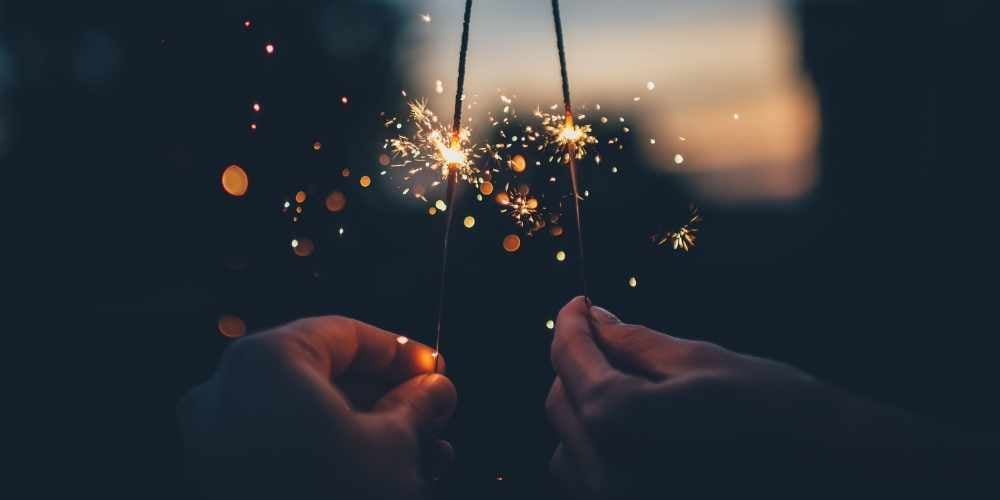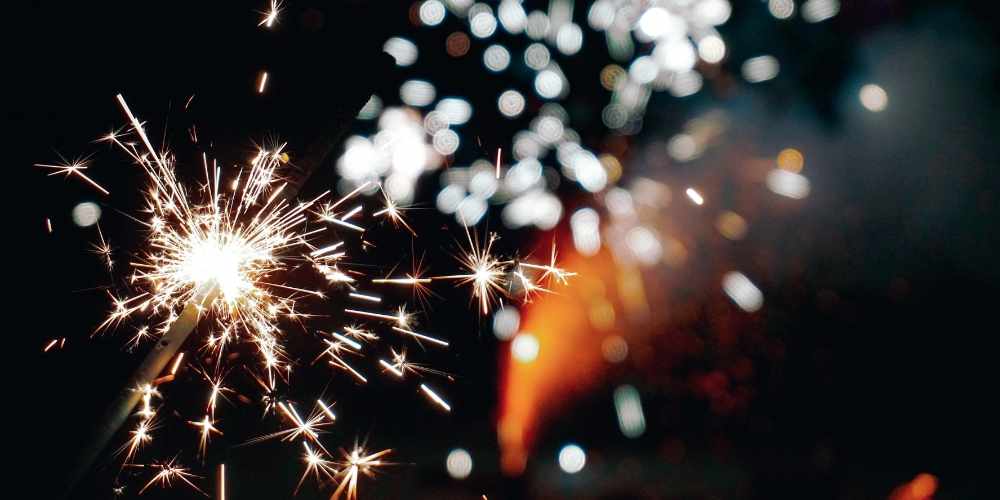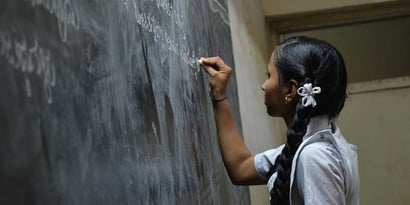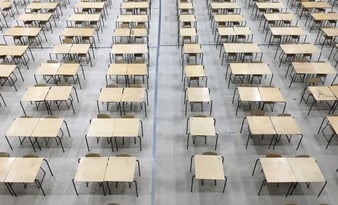Contents
- Bonfire Night– the full story
- Why do we celebrate Bonfire Night?
- How to explain Bonfire Night to kids
- Five fascinating facts about Bonfire Night
These days, Bonfire Night is all about sparklers, fireworks and toffee apples, but where did these traditions come from and what is the story behind this dazzling night of fire-fuelled celebration? Let’s take a look at the men behind the Guy Fawkes masks and how best to explain the whole violent saga to your kids. 🎆
Bonfire Night– the full story
Although today’s Bonfire Night celebrations are full of fun and fireworks, the history behind the festivities is fascinating and grizzly in equal measure. To understand the annual Bonfire Night activities, we need to go back at least some four hundred years and talk about religion in Britain at the time.
Roman Catholicism had been the dominant form of Western Christianity in Britain throughout the Middle Ages, but, as a result of the English Reformation – based, at least in part, on King Henry VIII's desire to annul his marriage to Catherine of Aragon – the Church of England became the independent established church in England and Wales in 1534. ✝️👑
So, this gargantuan shift in country-wide religious identity and supreme monachal rule began as more of a political affair than a theological one. Nonetheless, the structure and theology of the church was a matter of fierce conflict for generations with violent disputes culminating in ten years of the English Civil War. ⚔️
It is within this context of conflict that Robert Catesby and his loyal group of provincial English Catholics, Guy Fawkes among them, masterminded The Gunpowder Plot of 1605. After decades of intolerance against Catholics, they planted over 30 barrels of gunpowder under the Houses of Parliament in an explosive bid to assassinate King James I. 🧨
Their plan was foiled by Lord Monteagle who had received a letter from his friend, one of Fawkes’ comrades, warning him to stay away from parliament on 5 November. Fawkes, who had been charged with lighting the gunpowder, was caught red-handed and the operation was dismantled.
After days of torture, Fawkes confessed the names of his co-conspirators and was sentenced to a gruesome sentence – he was to be hung, drawn and quartered. Despite his frail state, he managed to jump from the gallows and break his own neck. His body was still quartered and his remains were sent to "the four corners of the kingdom" as a warning to others. 💀
In celebration of his near-miss, King James I enforced the observance of an annual public holiday on 5 November. People lit bonfires around London and so the traditions began.
Why do we celebrate Bonfire Night today?
Bonfire Night celebrations are one of Britain’s longest-standing traditions and it’s still going strong today. It has survived hundreds of years and everything they brought with them including two World Wars during which fireworks and bonfires were forbidden but celebrations continued indoors. Nothing comes between the Brits and their beloved Bonfire Night. 💥
Needless to say, the celebrations have become less and less about the original attempt on the King’s life and more about family-friendly festivities in and brightly coloured explosions in the sky. Considered to be a national celebration of the people, it’s a great excuse for public gatherings, party food and apple bobbing. 🍏🍎
How to explain Bonfire Night to kids
Although the history behind Bonfire Night including Guy Fawkes’ eventual demise is undeniably gruesome, it is still important to make sure that your children understand some of the true stories behind the traditions and facts about Bonfire Night. Now that you’ve brushed up on the whole story, you can go ahead and bring the history to life. Depending on your child’s age, you can always choose to skip some of the violent details and just stick to the headlines for now.
If you think your child would enjoy more fascinating insights, why not book a free trial lesson with one of our experienced GoStudent tutors and bring a little extra excitement to their studies today!
Five fascinating facts about Bonfire Night
As well as a brief introduction to the rich history behind Bonfire Night celebrations, why not share some of these interesting anecdotes with your children? That way you can really make 5 November a night to remember.
Celebration was mandatory 🎉
Until 1959 it was illegal to not celebrate Bonfire Night in Britain. The only exception was St Peter’s School in York – the school that Guy Fawkes attended.
You can see Guy Fawkes’ lantern 🔥
The very lantern that Guy Fawkes was holding at the moment of his capture can still be seen today in the Ashmolean Museum in Oxford.
A superstitious search still takes place 🔎
The Houses of Parliament are still searched by the Yeoman of the Guards before the state opening in November each year. It’s more ceremonious than serious!
Guys and dolls
Traditionally, children would make a "Guy" doll or effigy of Guy Fawkes and ask willing adults for "a penny for the guy" to spend on sparklers or sweets.
The physics behind fireworks 🎇
The reason why you can see a firework explode before you can hear the bang is because light travels much faster than sound.










